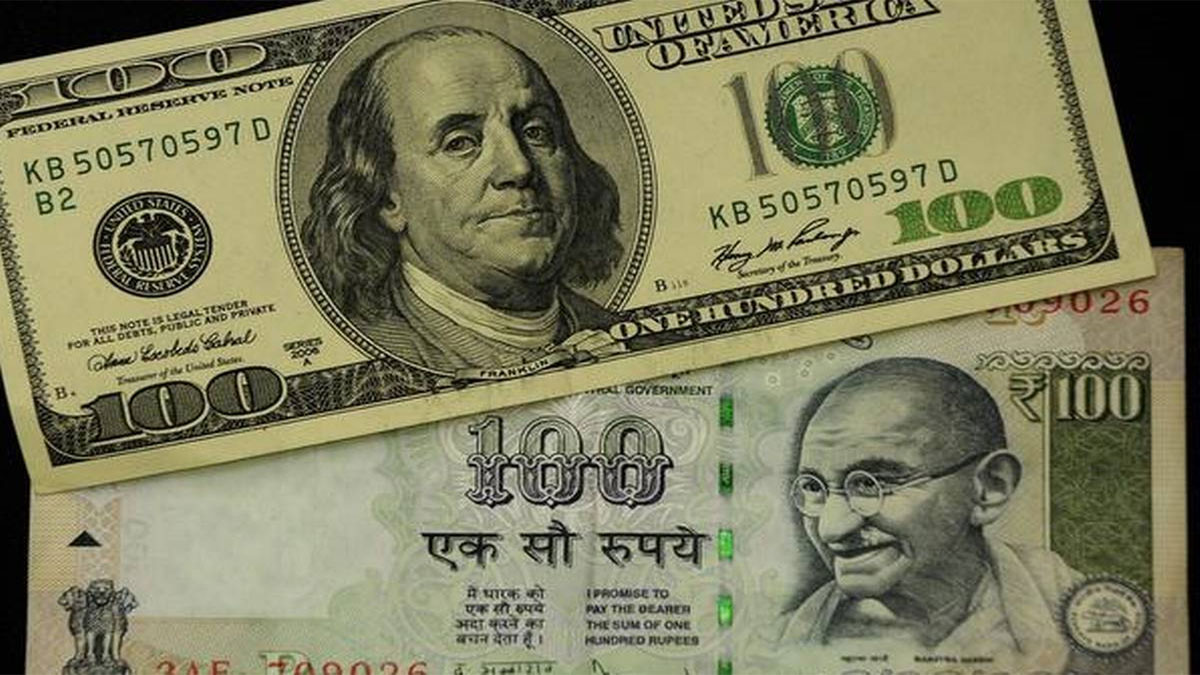Following a lifetime low of 85.94 versus the dollar during intraday trading, the rupee finished Thursday down.
The rupee kept falling while the dollar index kept rising. The US Fed is expected to slow down interest rate cuts this year due to persistently high inflation, the threat of widespread tariffs, and other possible policy changes, according to the minutes of its December 17–18 meeting. There was also an obvious divide among the Fed’s 19 policymakers. While most officials stated that the decision to lower rates was a tight call, several voiced support for maintaining the central bank’s benchmark rate alone.
Nonetheless, the Reserve Bank of India’s dollar sales through the state-owned banks assisted in containing the losses.
The rupee closed Thursday at 85.86 to the dollar, unchanged from its closing value on Wednesday. Participants in the market reported that the RBI supported the currency by intervening in the market at 85.93 levels. The rupee was further supported by inflows of about $1.5 billion made possible by Exim Bank of India’s recent offshore financing.
Most Asian currencies fell as the dollar index increased by 0.1% to about 109. Market players were placing bets that the rupee may overvalue and break through the 86/$ barrier before the end of January.
The market is still awaiting Friday’s US labor data. It is anticipated that the employment market will increase by 154,000, which may be seen as a sign of robust job growth in the United States. Given all of these concerns and uncertainties, the rupee can fluctuate between 85.75 and 86.00 on Friday.
The rupee has been under pressure due to increases in US yields and FPI withdrawals. Additionally, the dollar was supported by a collection of mixed US data, including weekly unemployment claims, but the robust non-farm unemployment data was discouraging. Investors will now keep an eye on payroll data from non-farm sources.

